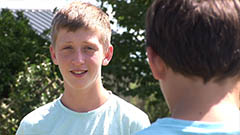GCSE Media Studies B322 Mr Assegai
- GCSE
Submit
2.
You may optionally provide this to label your report, leaderboard, or certificate.
Submit
×
Thank you for your feedback!
















